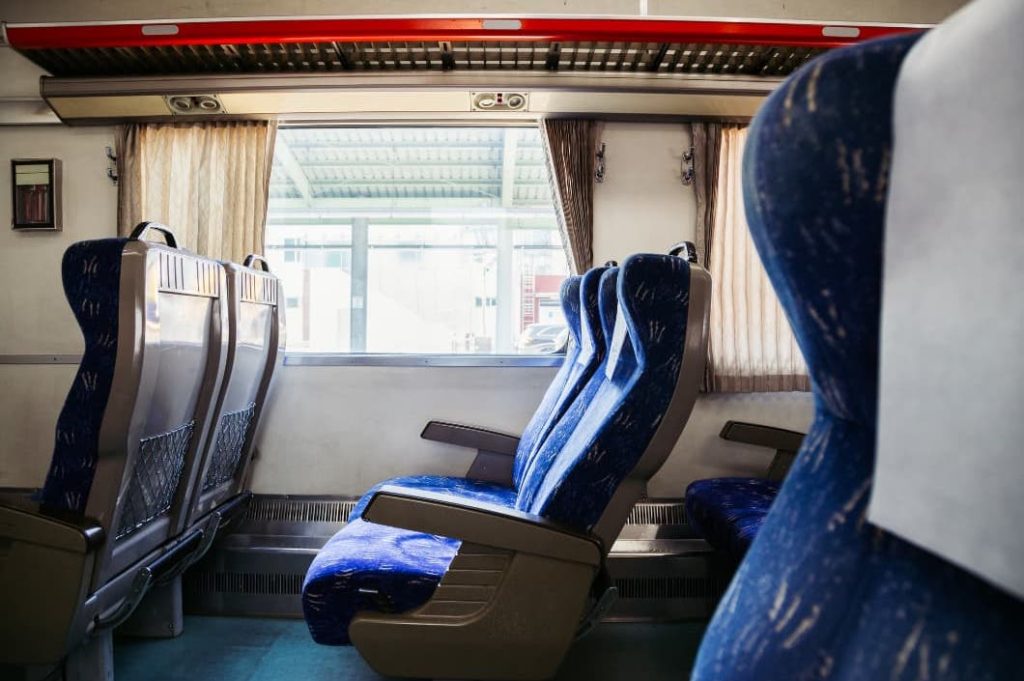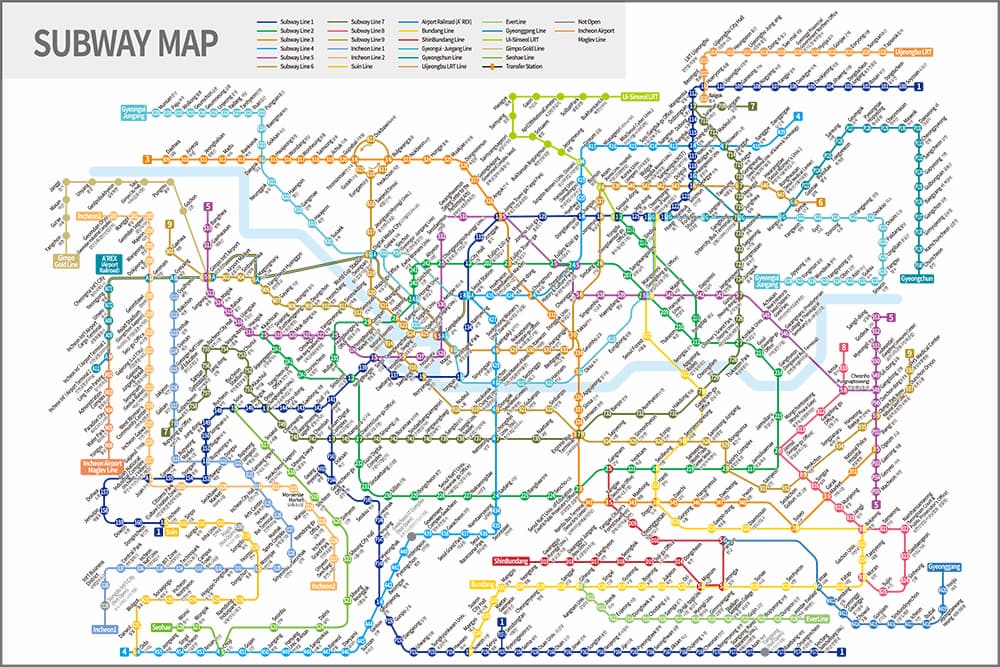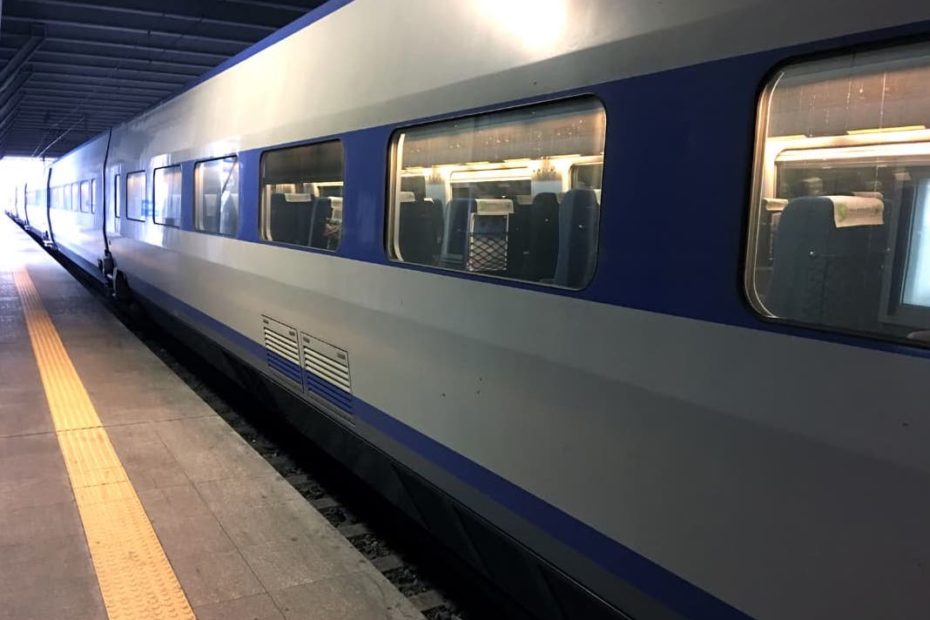Moving to a foreign city is further complicated by the fact that you don’t know how to get yourself around. Thankfully, transportation in South Korea is relatively easy using the Seoul subway and train system once you know where to look. As well, once you make it to Seoul, you don’t need to worry as they have one of the best metro systems in the world! In this blog post, we’ll be providing you with a one-stop shop when it comes to South Korean, Seoul subway and train transportation systems. We hope that by the end, we’ll have answered all your questions. But if not, please post a reply in our comments and we’ll get back to you.
South Korea is home to 51.78 million people with 81.8 % of the population being urban or 41,934,110 people living in cities. That means the number of cars on the road at any one time is almost incomprehensible. Traffic, especially holidays and on weekends, can leave you feeling frustrated and late for whatever appointment you’re trying to get to. That’s why we unequivocally recommend using the trains or Seoul subways whenever possible.
Train System
Korea’s train stations have numerous cafes and food joints for anyone looking to grab some grub before heading off. The trains are also very safe, clean, and on time. A lot of Koreans take their bikes on the train and will continue their commute on their bikes once they get off. Holidays and weekends are busier, so be sure to book ahead using the KORAIL app so you get a seat on the train. Alternatively, you can book your train ticket once you get to the station. However, this way you run the risk of not getting the train you want. These trains run every 15 minutes. Generally, you will be able to get to where you need to go if you’re flexible with the arrival time.
There are three types of trains in Korea. You’ll want to become familiar with each of them. They all do essentially the same – take you from A to B. With each of them offering different amenities and providing different services and comfort levels. These three trains are listed below, along with the pros and cons of each of them (in our opinion).
KTX
This train is the fastest in Korea. The top speed for trains in regular service is 190 MPH. While the infrastructure is designed for a top speed of 217 MPH. You can go from Seoul to Busan in just under 3 hours. They have a first-class cabin which isn’t that great, but it’s reasonable. You can get water and a small snack box during your trip on the KTX. This train is surprisingly quiet, clean, and a super smooth ride. This train is limited only to densely populated areas like the major cities. You can book the KTX and pay through the KORAIL app.

ITX-Saemaeul
The Intercity Train eXpress (ITX) also known as the Saemaeul train runs throughout Korea. It’s faster than the Mugunghwa and is best meant for express routes. This means it doesn’t stop as often as other trains. This train is nicer and faster than the Mugunghwa train but doesn’t offer first-class. It’s again a very clean, quiet, and quick ride. We prefer to ride the ITX train over the Mugunghwa train. Mostly because the ITX doesn’t always offer the routes we are looking for. We assume this train mostly caters to commuters heading to and from work. Tickets can be easily booked and purchased through the KORAIL app. If you’re looking for a quick snack, there are sometimes vending machines onboard to help you curb your snack cravings.
Mugunghwa
Fun fact: Mugunghwa stands for Hibiscus Syriacus and is named after Korea’s national flower. It’s the oldest train in Korea, built-in 1983, and has the most routes for commuters. There is no first-class available and the interior is rather dated. The Mugunghwa is the slowest tier of trains at 87 MPH. However, it’s safe, reliable, spacious and gets you just fine from point A to point B. Like the others, this one can also be booked and paid for using the KORAIL app.
SRT
Unlike the other trains we mentioned so far, the Super Rapid Train (SRT) cannot be booked using the KORAIL app. It has its own app called SRT. However, the app is in Korean and has no English translation. You also need a Korean credit card to book it. The SRT train is all or mostly underground and it’s a bullet train. This means it travels at very high speeds, even faster than the KTX. It runs the Seoul–Busan route 8 minutes faster than KTX. The SRT train does not offer a first-class upgrade. Seating is like the ITX train – it’s not as nice as the KTX but it’s better than the Mugunghwa train. This was our experience from the Jije station to the Suseo station anyway. The SRT train will get you to Seoul the quickest. But only if you’re wanting to arrive east of Seoul, like Lotte World. If you’re trying to go to central Seoul, like Gangnam/Yongsan, you’re better off taking any of the other trains. As other trains will arrive at Seoul station or Yongsan station which is more centrally located.
Seoul Subway/Metro System

Seoul’s subway or metro system covers an expansive area. You can ride it outside of Seoul to the airport or throughout the rural areas of the country. Pyeongtaek, Busan, and all the major cities are connected within it. If the trains are booked up, this is an alternate source of transportation. Just assume a longer commute to your destination.
The metro system is known for its cleanliness, timeliness, and quietness. There is different seating for different types of people. There’s pink seating for expecting mothers, elderly, or injured people. Hot tip: highly advise against sitting in these designated seats if you don’t fall into one of these three categories. If there are no seats available (and that’s often the case during high peak travel times) they have poles and handles you can use to help you maintain your balance while the train is in motion.
Download and use the Naver app to assist you with city navigation. Once in Naver, enter the desired location, click the subway/metro icon, and it’ll map out exactly how to get there – just like Google. The subway system’s different lines are numbered, and color-coordinated brown, blue, pink, orange, etc. This is very helpful when touring around, especially if you don’t read Korean. Another hot tip: look down at the ground when walking through the Seoul subway. You’ll see navigation markings that will lead you to where you need to go.
